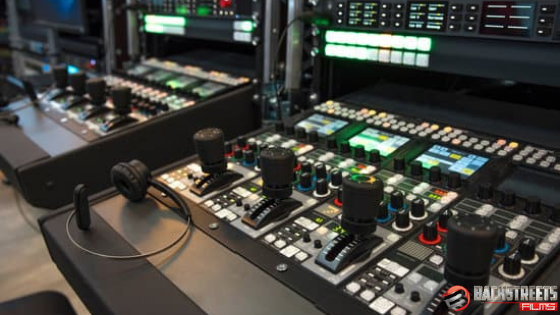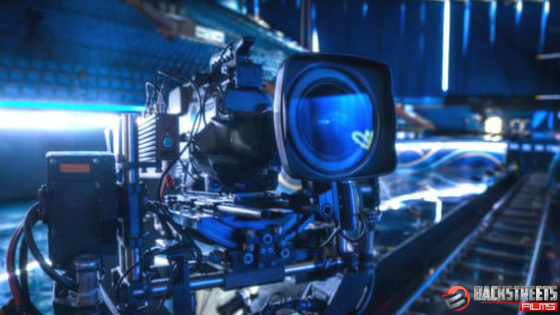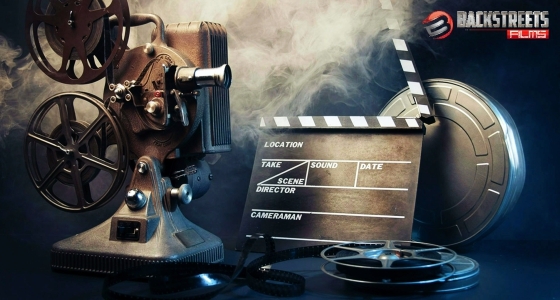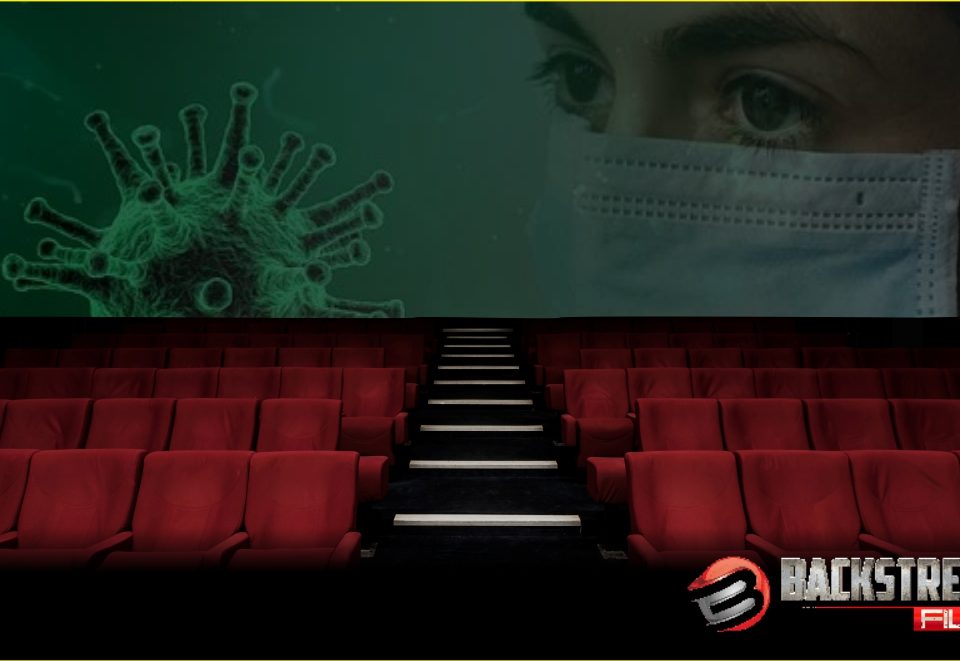- Monday – Saturday 9 AM – 7 PM
- 0172 4780245
- +919779922367
- info@backstreetsfilms.com
How Visual Effects Works?

Undeniable 10 Health Benefits Of Music
November 15, 2019
Skills Needed to Become a Film Maker
November 29, 2019The VFX pipeline refers to the various stages of production which required adding visual effects to a film. It is a process that breaks down the steps of a workflow into logical and efficient segments. The pipeline helps to organize each department so that every artist knows their role, and all the tasks will be completed on time and within budget.
If you want to work in VFX, you can join a VFX course in Chandigarh. In order to create the best and most efficient work, you must be familiar with each step of the VFX pipeline. However, it can create a problem if your work is not completed with each step of the pipeline and this can be costly and delay the process.
Breaking Down the VFX Pipeline into Steps:
Pre-production:
It is a very step in VFX which is very crucial in film production.
Research and development
Research and development become more important in VFX. During this stage, the technical approach of a film is planned and decided. Along with that, the idea for a film is developed, budgets and timelines are determined, the script is written. This stage involves many discussions about the software and techniques that are going to use for the movie.
Storyboarding and Animatics
In this phase, the artist will create visual representations of the action of the film. It is determined how to execute every shot in the film.
Pre visualization
At this stage, the director gets an idea of how the scene will be shot. The locations of the shoot as well as the composition of the scenes are planned during this stage to save time, money, and energy when onset.
Production

This is the stage where the actual shooting of the film is done. As the film begins, the visual effects team will work with the production crew to deliver valuable content.Several VFX-related activities are done on set and back at the studio. Since different departments have different specialties, communication within teams should always be open so the content remains true to the concept.
3 D modeling
It is a very crucial technique that is adopted in the VFX course in Chandigarh; it involves using a variety of digital applications and animation techniques to complete. The process involves creating model props, environments, buildings, weapons, vehicles, basically any object that’s needed to execute the director’s vision.
Matte painting
Matte paintings are also used as reference materials for digital artworks. For this digital cameras are also used to add movement to the background.
Post-production work
This stage is the largest part of a project’s timeline. It brings all the elements of the film – video footage, special effects, computer-generated effects, music, sound, editing.
Rigging and Animators
The rigging team uses a variety of tools to calculate skin weights while the animators implement the results to breathe life to a character, prop, or an object. Most times, motion capture cameras are used to collect data, which animators use to achieve the final look.
Texturing
This process involves the addition of surface color and texture to the 3D models, making the models realistic and nearly complete.
Composting

The final step in post-production is compositing. This process involves taking all the elements of the films and then layering them on top of one another. They use elements like color correction, masking, and other tricks to create the illusion that all elements naturally belong together.
Eventually, the VFX and Animation industry has been developing exponentially and a lot of opportunities associated with it. As a result, the opening for jobs in the VFX business is increasing. So, it is the right time to join the VFX course in Chandigarh.




